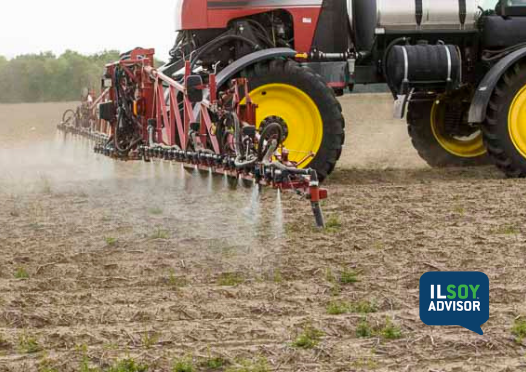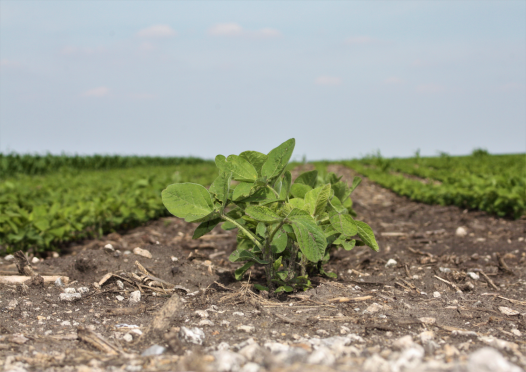ILSOYADVISOR POST
Weed Management: Tips for Cost-Effective Weed Control
While many growers are looking for ways to cut costs to offset the lower commodity prices expected in ’15, Mark Bernards, assistant professor of agronomy at Western Illinois University, cautions growers about the potential trade-offs of trying to economize on weed control. “There’s a real danger in trying to cut costs on weed management,” cautions Bernards. “If it is not done strategically, it may cost you in the long run, in terms of greater weed pressure in fields and in some situations lower yields.”
Here are Bernards’ tips for making the most of a weed management program:
1. Base your management program around the most problematic species in the field. Identify the weakness of each species, such as early emergence or inability to emerge from depths greater than ½ inch. Then plan your weed management activities to exploit those weaknesses.
2. Develop a unique weed management plan for each field. Based on weed pressure and species present, some fields may be managed with minimal cost, while others may require a more aggressive investment.
3. Starting with a clean field and an effective pre-emergence herbicide is usually the best way to protect the crop from yield loss. Several manufacturers offer rebates on pre-emergence herbicide products as part of total weed management programs, so many times growers can get an effective pre-emergence herbicide at a reasonable cost. Bernards emphasizes it’s better to spend your weed management dollars on an effective (for your field) pre-emergence application than to try and apply a rescue treatment later that exceeds your planned budget.
4. For fields with challenging weed infestations, overlapping residual herbicides is an effective way to prevent weed competition and limit seed production. Start with a pre-emergence product at planting, suggests Bernards. Then three to four weeks later apply a combined postemergence product (to control weeds that have emerged) tank-mixed with a, residual product to control the emergence of new weeds until the crop canopies.
5. Be timely with postapplication products—never let weeds get larger than 4 inches.
6. Consider planting in 15-inch rows to help the soybean crop close the canopy faster and let the crop suppress late-emerging weeds for you, suggests Bernards.
7. Whether growers need to aim for “zero tolerance” as a weed control goal really depends on the species. Bernards says that for weeds like Palmer amaranth, waterhemp, marestail or ragweed that are difficult to control because of herbicide resistance, it’s important to prevent any weed seed production. But for weeds that are easier to control or that are present only at low densities in a field, like giant foxtail or velvetleaf, zero tolerance is less critical.
For more information on weeds to watch for in 2015, see the March issue of Illinois Field & Bean magazine.





Comments
Add new comment